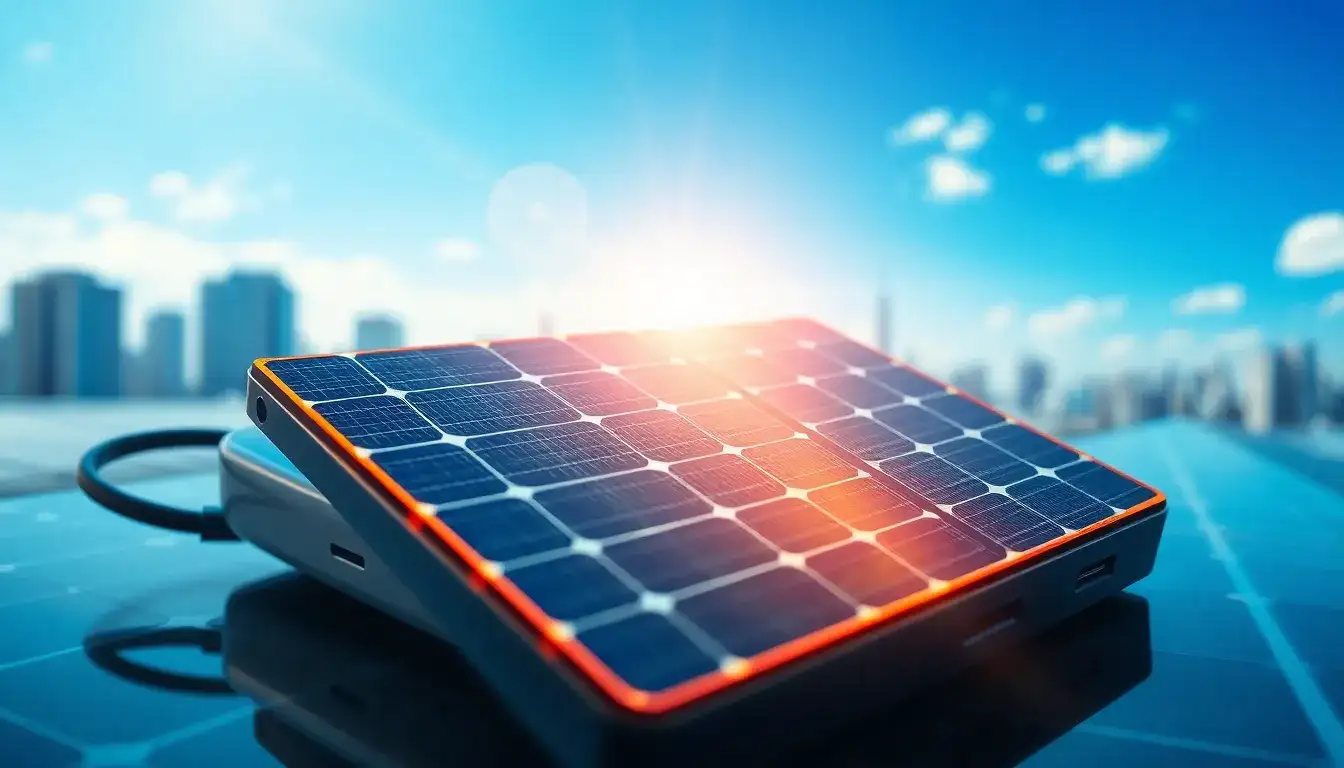
Recently, a news story has not only made headlines but also excited many Chinese citizens. This story highlights China’s breakthrough in overcoming the “short lifespan” problem of perovskite photovoltaics, which is rapidly reshaping a trillion-dollar industry.
When we talk about perovskite solar cells, they are often referred to as the “hope star” of next-generation photovoltaic technology. These cells boast experimental efficiencies close to the limits of crystalline silicon cells, a potential cost that is only one-third of that of crystalline silicon, along with lightweight and flexible features. However, they have a significant drawback: inadequate stability, making long-term use challenging and hindering industrialization.
So, how did China manage to break the “short lifespan” curse of perovskite photovoltaics? What new characteristics do these cells and the industry possess after this breakthrough?
The Battle Between Efficiency and Lifespan
It is well-known that solar cells can be categorized based on their materials, each with unique features and applications. For instance, silicon-based solar cells can be further divided into monocrystalline (for power stations), polycrystalline (for residential use), and amorphous silicon (for small devices). Other types include compound semiconductor solar cells like cadmium telluride (CdTe) thin-film cells, as well as perovskite solar cells, organic solar cells, and dye-sensitized solar cells.
Perovskite solar cell technology is considered “disruptive” for several reasons. First, it has achieved a laboratory efficiency of 26%, which is close to the maximum efficiency of crystalline silicon cells. Second, its potential cost is about 1 yuan per watt, merely one-third of crystalline silicon cells. Additionally, the energy consumption during production is just one-fourth that of crystalline silicon cells, and its energy recovery is one-fifth. Moreover, its lightweight and flexible characteristics are highly regarded.
Despite these advantages, perovskite solar cells have faced a “fatal” flaw for years: they degrade under sunlight after a limited period, resulting in a lifespan that falls short of practical application requirements, thus obstructing the industrialization process.
On March 7, researchers from East China University of Science and Technology announced they had successfully addressed this long-standing issue, with results published in the international journal Science. So, what was their solution?
The researchers identified that the “short lifespan” of perovskite cells is caused by the material’s expansion under sunlight, which typically expands by 1%. Over time, the internal crystals exert pressure on each other, leading to destructive forces that result in “internal injuries” and eventual rupture. To counteract this, the team proposed a protective “bulletproof vest” for the perovskite material. They utilized graphene, one of the hardest materials in the world, combined with a special transparent plastic to create a protective film that is one-hundredth the thickness of a human hair.
Experimental results showed that this protective film doubled the compressive strength of the perovskite material, reducing the expansion rate from 0.31% to 0.08%. This significant reduction is akin to providing shockproof packaging for fragile products. Reports indicate that the improved perovskite solar cells can operate continuously for 3,670 hours, maintaining 97% of their power generation efficiency even after approximately 153 days. This makes it one of the most stable solar cells of its kind, suggesting that it is likely capable of supporting its industrialization process.
As anticipated, the research team has begun collaborating with companies for experimental applications. If mass production is achieved, innovations such as solar power-generating glass for building facades, foldable outdoor charging blankets, and solar films for charging mobile phones could become a reality.
Coincidentally, on the same day, the world’s first perovskite solar charging phone was launched by Infinix, a brand under Transsion. This phone utilizes advanced perovskite photovoltaic technology from BOE, allowing for seamless outdoor charging.
Promising Lifespan for Perovskite Solar Cells
Although the breakthrough from East China University of Science and Technology has addressed the “short lifespan” issue, leading to a rapidly evolving trillion-dollar industry, some confusion remains. Before this breakthrough, reports from Princeton University in June 2022 claimed that their developed perovskite solar cells could last around 30 years. In June 2024, Canon in Japan also announced that their perovskite solar cells could last between 20 to 30 years. This raises questions about the actual lifespan of perovskite solar cells and the discrepancies in these reports. Are the materials used in these different studies responsible for the varied results, or is there another explanation?
Regardless, even though the East China University of Science and Technology’s breakthrough indicates a minimum lifespan of 153 days, the credibility of the journal Science reinforces the notion that there is significant potential for further advancements in the lifespan of perovskite solar cells.







